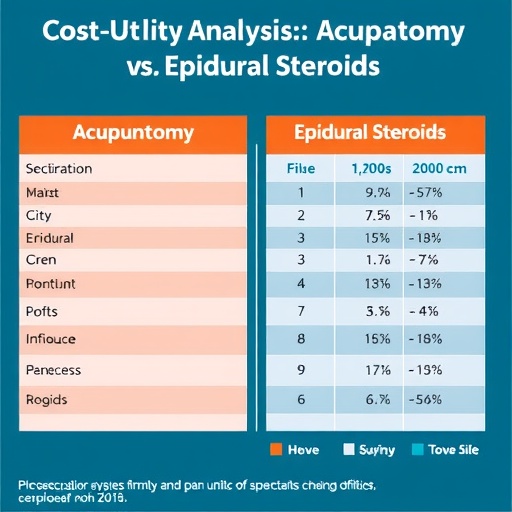New research indicates that the risk of suicide increases significantly in the first year following a diagnosis of cancer, and this increase varies by the type of cancer diagnosed. Published early online in CANCER, a peer-reviewed journal of the American Cancer Society, the findings point to the importance of screening for suicide risk in newly diagnosed patients and ensuring that patients have access to social and emotional support.
Suicide is the tenth leading cause of death in the U.S., and suicidal death incidence is higher among cancer patients than in the general population. To estimate the risk of suicide within the year after a cancer diagnosis, a team led by co-senior authors Hesham Hamoda, MD, MPH, of Boston Children’s Hospital/Harvard Medical School, and Ahmad Alfaar, MBBCh, MSc, of Charité – Universitätsmedizin Berlin, examined information on all cancer patients in the Surveillance, Epidemiology, and End Results (SEER) database between 2000 and 2014. This corresponded to about 28 percent of the U.S. population of patients with cancer.
“This is the largest study to assess recent trends in suicide risk after a cancer diagnosis in the US population,” said lead author Anas Saad, MBBCh candidate, of Ain Shams University, in Cairo, Egypt.
Among the 4,671,989 patients in the analysis, 1,585 committed suicide within one year of their diagnosis. There was a two and a half times higher risk than what would be expected in the general population.
“Awareness among providers to screen for suicide risk and refer to mental health services is important for mitigating such risk and saving lives, especially within the first six months after diagnosis,” said Dr. Alfaar. “Moreover, family members and caregivers must be trained to provide psychological support for their ill relatives.”
When studied according to cancer site, the highest increase in risk was seen following pancreatic cancer and lung cancer. The risk of suicide also increased significantly following a diagnosis of colorectal cancer, but the risk of suicidal death did not increase significantly following breast and prostate cancer diagnoses.
“Both cancer and suicide are leading causes of death and present a major public health challenge. Our study highlights the fact that for some patients with cancer, their mortality will not be a direct result of the cancer itself, but rather because of the stress of dealing with it, culminating in suicide,” said Dr. Hamoda. “This finding challenges us all to ensure that psychosocial support services are integrated early in cancer care.”
###
Additional Information
NOTE: The information contained in this release is protected by copyright. Please include journal attribution in all coverage. A free abstract of this article will be available via the Cancer News Room upon online publication. For more information or to obtain a PDF of any study, please contact:
Penny Smith +44 (0) 1243 770448 (UK)
Josh Glickman +1 201-748-6572 (US)
[email protected]
Follow us on Twitter @WileyNews
Full Citation:
“Suicidal death within a year of cancer diagnosis; a population-based study.” Anas M. Saad, Mohamed M. Gad, Muneer J. Al-Husseini, Mohamad A. AlKhayat, Ahmad Rachid, Ahmad Samir Alfaar, and Hesham M. Hamoda. CANCER; Published Online: January 7, 2019 (DOI: 10.1002/cncr.31876).
URL Upon Publication: http://doi.
Author Contact: For Boston Children’s Hospital please contact the Marketing and Communications office at +1 617-919-3110 or [email protected].
For Charité – Universitätsmedizin Berlin, Berlin, please contact press officer Manuela Zingl at https:/
About the Journal
CANCER is a peer-reviewed publication of the American Cancer Society integrating scientific information from worldwide sources for all oncologic specialties. The objective of CANCER is to provide an interdisciplinary forum for the exchange of information among oncologic disciplines concerned with the etiology, course, and treatment of human cancer. CANCER is published on behalf of the American Cancer Society by Wiley and can be accessed online at http://wileyonlinelibrary.
Follow us on Twitter @JournalCancer
About Wiley
Wiley is a global leader in research and education. Our online scientific, technical, medical, and scholarly journals, and our digital learning, assessment, certification and student-lifecycle services and solutions help universities, academic societies, businesses, governments and individuals to achieve their academic and professional goals. For more than 200 years, we have delivered consistent performance to our stakeholders. The Company’s website can be accessed at http://www.
Media Contact
Penny Smith
[email protected]
http://dx.




